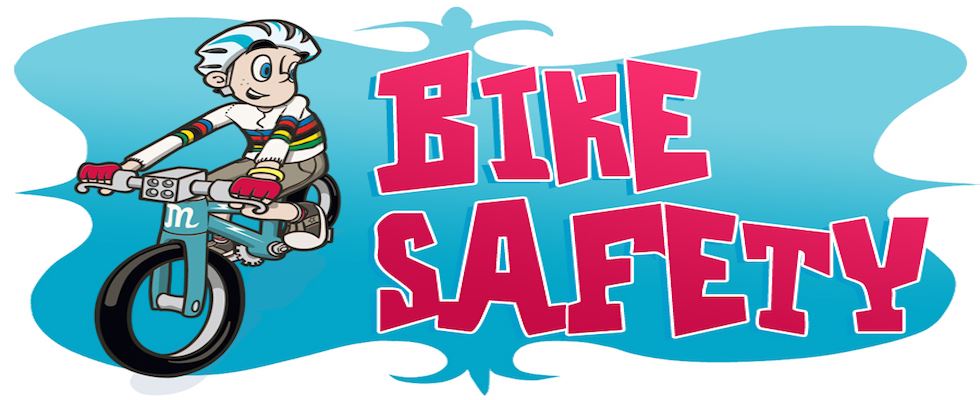Riding bicycles will not only benefit the
individuals doing it, but the world at large.
~ Udo E. Simonis
I am writing this column to describe a dangerous behavior I have observed in other riders and have sometimes fallen into myself.
While there are problem drivers, overall we are blessed with many courteous drivers. Often at intersections, drivers will wave cyclists through, even if the driver got there first or has the right of way. Unfortunately, this can lead to cyclists feeling privileged, assuming all motor vehicles will stop to let them through. One can get so used to drivers waving cyclists through, that when they come to a 4-way stop sign intersection that already has a car at one of the perpendicular streets, they’ll assume the car will wait for them to proceed. This is wrong and can lead to disastrous consequences.
When you come to a 4-way stop that already has a vehicle waiting or a vehicle approaching the intersection before you, give them the opportunity to go first. If approaching at the same time, remember from your driver’s training that the vehicle on the right has the right of way. If the driver stops and waves you through, by all means go ahead, while giving a friendly wave or saying thank you to the driver. But always give the vehicle that has the right of way the opportunity to take advantage of it. Don’t assume that just because you can see that a driver notices you, you then have the right of way.



